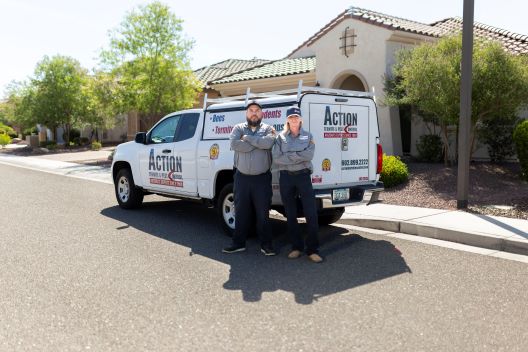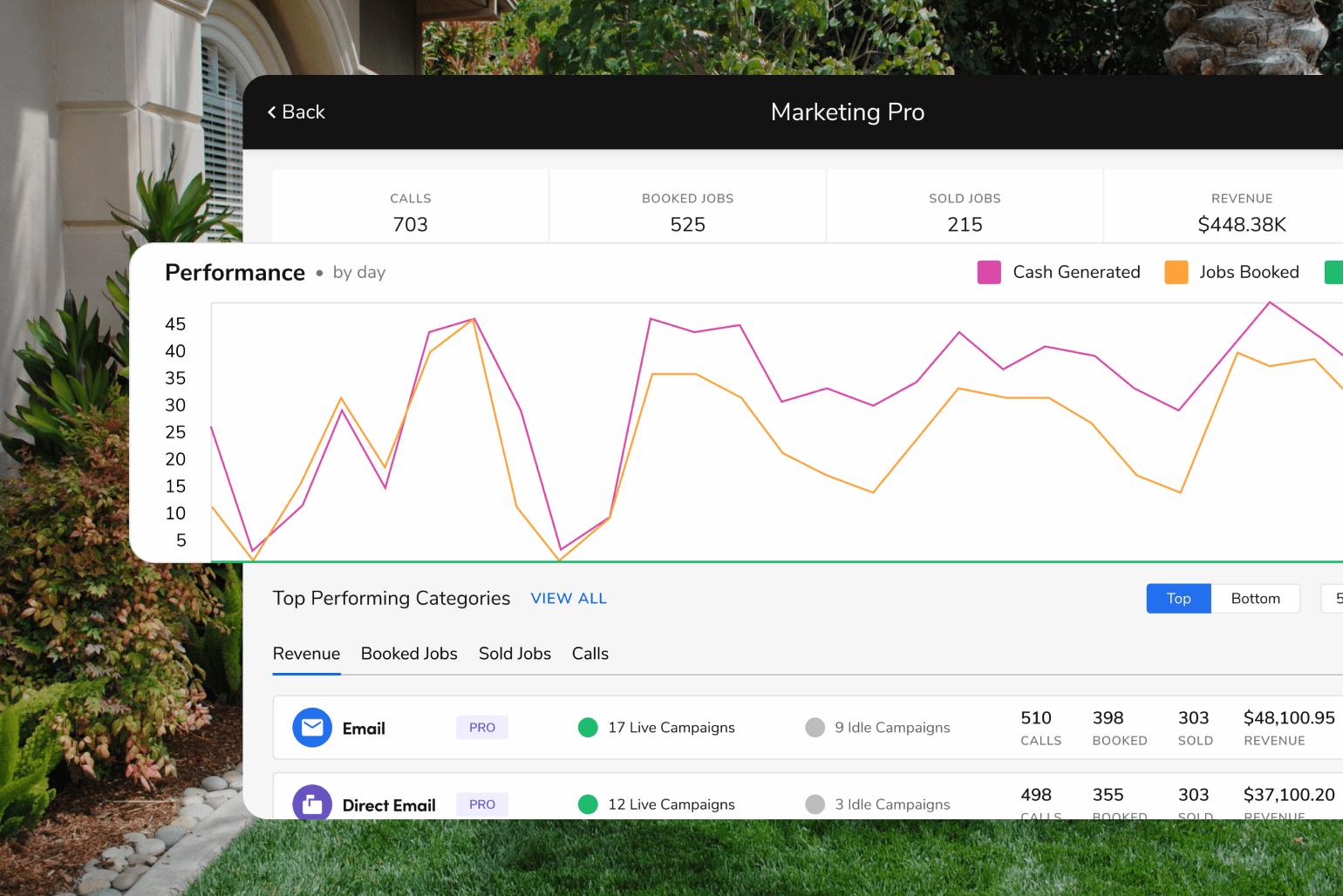SEO Practices You May Be Neglecting

We’re living in an age where technology has accelerated at such a fast pace that it may seem overwhelming at times. The Internet has made our lives so convenient that all it takes is to click a button to find what you want. And, if you don’t have time to go to your computer or you’re just too lazy, Siri and Alexa are there to help. However, as helpful as technology and the Internet have become, there’s also a lot of junk out there. Luckily, search engines like Google, Bing, and Yahoo! know the importance of ensuring that you’ll find quality information at the top of the search page, and everything that’s questionable or unrelated will be filtered towards the bottom or several pages down.
That said, just because you have a website doesn’t mean someone is going to find your pest control business immediately. That’s why it’s essential to optimize your site for the best results. Search Engine Optimization (SEO) is composed of incredibly sophisticated algorithms to help potential customers find you on the Internet from organic search results. For example, when your website is properly optimized, you’ll rise to the top when someone types in your zip code and the word “termite.” If you’re looking to optimize your site to improve your search result rankings, don’t neglect these important SEO practices.
1. Search Engines and Information Architecture
SEO is more complex than adding a few keywords or phrases to your site or content. As Google and other search engines continue to develop and improve their algorithms, it’s important to think about how your content is structured and organized. For example, not only does Google rank websites based on keywords, but they also prioritize how user-friendly and useful your website is. For example, how many clicks is your website getting? How long do people stay on your website to read your content? How valuable is the information they’re looking for?
However, before customers and prospects can evaluate your website content, they first need to be able to find you. You can’t ignore the value that Google My Business (GMB), snippets, and zero-click searches provide.
Google My Business is a free tool that lets you promote your pest control business and website on Google Search and Google Maps. Customers can view your contact information, where you’re located, hours of operation, how well you’re reviewed, and how to reach you.
Snippets are features that are added to a traditional search result listing. For example, by coding certain elements on your site, you increase the likelihood of Google featuring your site. Examples of snippets include breadcrumbs, reviews, site links, FAQs, search boxes, and more.
Lastly, zero-click searches are also an important feature of SEO. If someone types in a question, Google will immediately provide the answer so that the user doesn’t even have to click on the website.
2. Developing a Secure, Professional Website
More than likely, your website is the first impression of your brand. If it’s slow or hard to navigate, potential customers will seek out your competitor. It’s all about the customer journey – from the time they visit your website to submitting their payment on their customer portal. A positive customer experience is imperative to cement their loyalty. Not only should it be aesthetically pleasing, but incorporating videos and logical navigation strategies will create a positive user experience. Consider incorporating useful links that will want them to stay on your site. In order to ensure optimal performance, you will want to measure your website. Examples of what to measure include, but are not limited to, bounce rate, conversion rate, page views, and the amount of time someone is spending on your site.
3. (Quality) Content Is King
As mentioned previously, SEO’s landscape is changing, and it’s not as simple as adding a few highly searched keywords and phrases to your website. Your content has to be well-written, accurate, consistent, and relevant.
Quality: Content is not just about filling up space. It should be thoughtful and include information that educates and guides your readers. Make sure you’re using the same language as your audience. For example, avoid using internal slang or getting too technical. Keep in mind that what you post is not all about you, but it’s what you can provide to help your existing and potential customers.
Understand the Needs of the Local Customer: Understanding the needs of your local customers will help you chose content that caters to them so that they are more likely to find you. For example, Google Maps prioritizes local information, so your content should reflect this.
Reputation and Reviews: Having a website shows potential customers that you’re a legitimate business, but your content should also demonstrate that the public sees you as a reputable pest control company. Posting positive reviews and testimonials creates trust. However, they need to be specific and accurate. You can read more information about reviews in our blog .
4. Optimized for Changing Technologies
These days, no one is sitting in front of a desktop to access the Internet. Your customers are using tablets, laptops, and cell phones to find you. Your users are busy people that are likely multi-tasking or on-the-go. This makes it necessary to ensure your website is optimized to accommodate the different ways people will search for you. 57% of all web traffic is viewed on a mobile device, and more than half of all smartphone users have discovered a new company or product during their search. With just a click from their phone, a mobile-friendly website makes it easy and convenient for your potential customers to reach you.
5. Bounce Rate and Session Duration
Lastly, you’ll want to ensure your website is built so that it is inviting and people will want to stay and browse your content. A professionally written and thoughtfully laid out website will keep them engaged. That said, there are two ways to measure website engagement:
Session Duration: This is the amount of time someone spends on your website. If your content is engaging, the more time they will spend. Consider posting videos, links, blogs, and other types of creative content to keep your local users interested.
Bounce Rate: Your bounce rate will tell you what percentage of visitors are leaving after only viewing one page. The goal is for this number to be as low as possible because lost visitors mean lost potential revenue.
In the end, keeping engagement high can be challenging in today’s fast-paced world. Attention spans are low, and there is a lot of information overload. Leave it to the professionals to ensure your website is effective so you can concentrate on what’s most important – managing your business.





